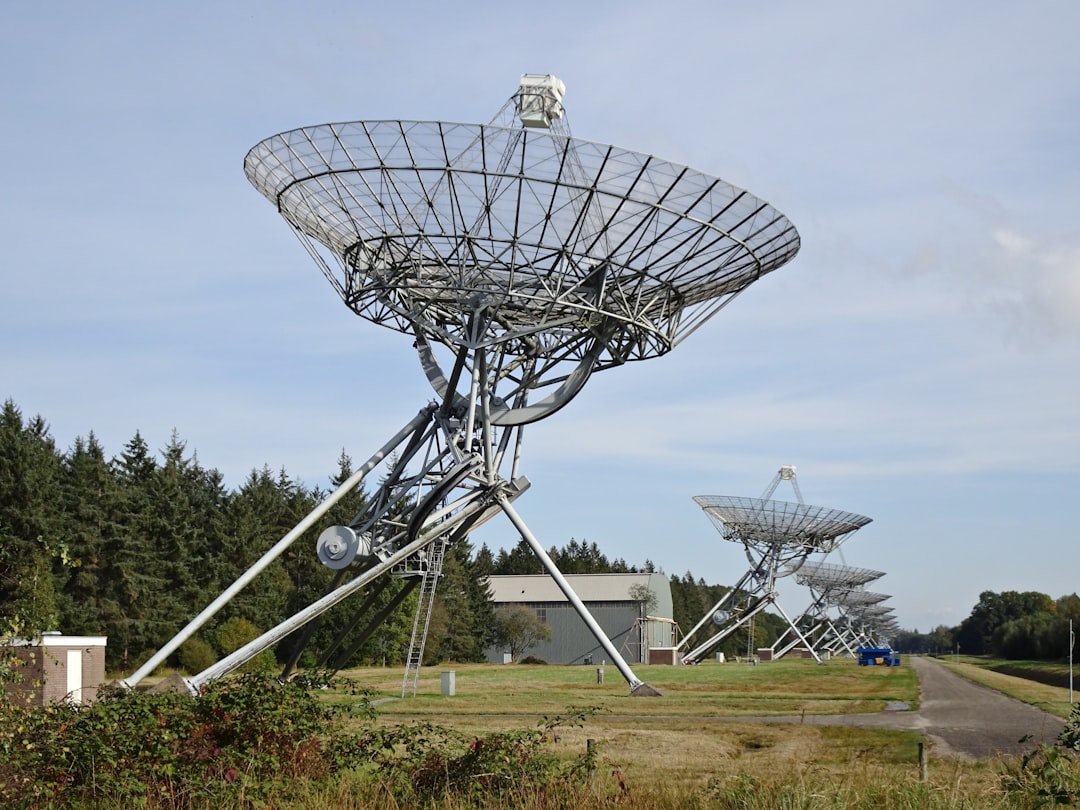What is it about?
A multi-objective genetic algorithm (MOGA) constrained methodology is proposed for the optimal allocation and sizing of renewable energy based DGs. The objectives are to minimize power losses, to minimize investment cost and to improve voltage stability while satisfying system's constraints such as power balance, voltage level, maximum power flow and maximum DG size. The MOGA is applied for finding a representative set of the Pareto optimal solutions for the three objective functions. So, a fuzzy clustering method was combined with the proposed algorithm to select the most compromising solution from the Pareto front. Finally, this method was tested for different three typical radial systems (33-bus, 69-bus and 119-bus) in order to prove its effectiveness.
Featured Image

Photo by American Public Power Association on Unsplash
Why is it important?
Unlike the other comparable solution methodologies, the applied methodology focuses on the minimization of investment cost also as an objective. Furthermore, the applied MOGA is performed for reactive power compensation at a predetermined power factor. Thus, the obtained results with MOGA are quite promising in terms of objective achievement without violating any system operating constraints. A new analysis was done by applying the proposed MOGA to large scale power system which is 119-bus system. As a result, this methodology proves its effectiveness and robustness for application in large systems.
Perspectives
Renewable energy-based distributed generation (DG) is the most important component of the future smart grid and can provide a clean and sustainable solution to the increased growth in power demand. Therefore, it is important to optimally select its size and site to make use of DG installation benefits and to avoid adverse problems resulting from improper sizing and siting, which are increased system’s power losses and poor power quality.
Dr. Amal A. Hassan
Electronics Research Institute
Read the Original
This page is a summary of: Hybrid genetic multi objective/fuzzy algorithm for optimal sizing and allocation of renewable DG systems, International Transactions on Electrical Energy Systems, June 2016, Wiley,
DOI: 10.1002/etep.2223.
You can read the full text:
Contributors
The following have contributed to this page










